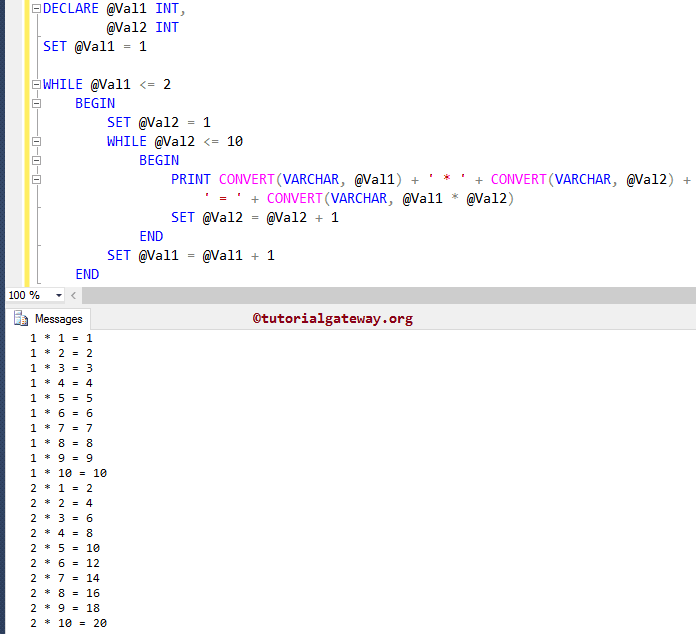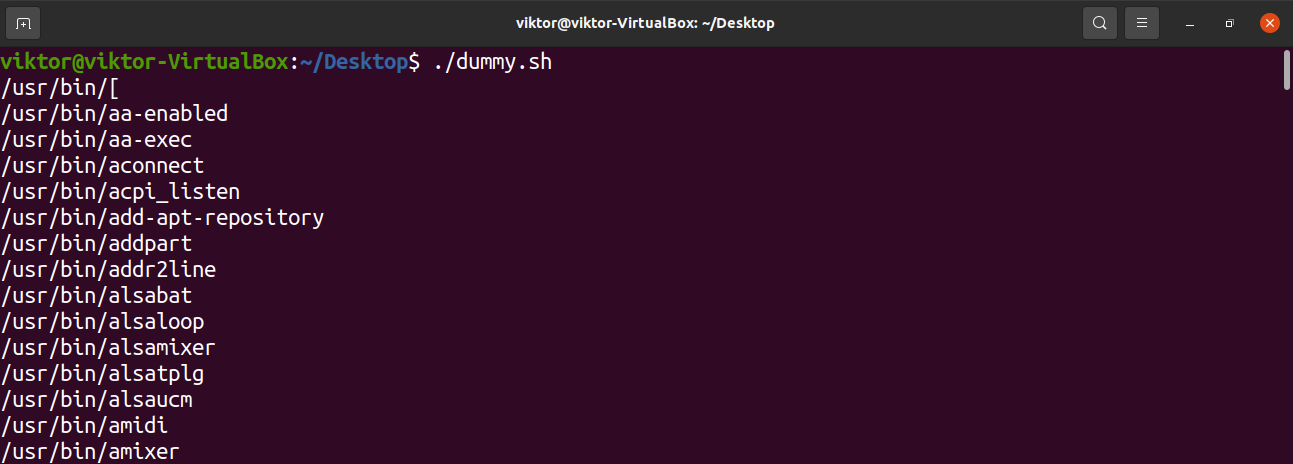
If any one feels that the Content/Anything posted here from other reliable sources is Copyrighted, Please let us know Immediately, we will remove it.Īll the information contained in this Blog is Non Commercial and only for the sake of Information/Learning Purpose. Firstly, your question is about general R rather than Bioconductor packages, so this site isnt the right forum for it. You will use this idea to print out the correlations between three stocks. If you want to loop over elements in a matrix (columns and rows), then you will have to use nested loops. The Author just did Research, Prepared and Posted his Own Posts and also some of the Content is Posted here by studying some reliable sources which will be helpful to Learners/Users. So far, you have been looping over 1 dimensional data types. The Admin/Author do not Recommend/Promote any Content/Site/Company/Method/Anything/Anybody. It is the responsibility of the web user to evaluate the content and usefulness of information obtained from other sources. We would require to use a Nested for-loop in scenarios where we n. These links are provided as an information service only. In this tutorial, we will learn how and when to use a Nested for-loop in both R and Python. If any Links from the this Blog to the other Web sites do not constitute an endorsement from the Blog Admin/Author. The user specifically acknowledges that the Blog Admin/Author is not liable for the defamatory, offensive, or illegal conduct of other users, links, or third parties and that the risk of injury from the foregoing rests entirely with the user. The Blog Admin/Author is not responsible for the contents of any off-site pages referenced. All or Some data posted as of the date hereof and are subject to change. In this recipe, we will first define a square matrix and then write a nested for loop to print only those values where I J, namely, the values in the matrix placed in (1,1), (2,2), and so on. Each inner-list is a test/situation and for that test, we monitored the heart rate for. Suppose our list represents repeated heart-rate measurements all for the same patient over a number of tests. The Blog Admin/Author does not guarantee the accuracy or completeness of information which is contained in the Blog Posts and accepts no liability for any consequential losses arising from the use of this information. We can nest loops, as well as if statements, to perform some more complicated tasks. Sometimes we might want to loop over the inner list and then do this inside loop at each inner list - so loop over the outer list.


If, however, you need a data set where each observation consists of the data on a case and one of its matched controls, just skip the part from // GO TO LONG onward.īy the way, FWIW, I don't think there is any way to do this with -sttocc-.The ‘Excel Kingdom Blog’ Admin/Author believes that the information herein was Prepared by Author as well as some content written here by studying some reliable sources and posted here as is but does not guarantee its accuracy. This is the layout that will be easiest to work with for most analyses or further data management in Stata. algorithm nestedloopjoin is for each tuple r in R do for each tuple s.

The case and controls will be linked to each other by a common value of a variable called pair_id, which is also equal to the patid of the case. A nested loop join is a naive algorithm that joins two sets by using two nested loops. Replace case_control = subinstr(case_control, "_", "", 1)At the end of this code, each case will be matched with up to 10 controls who meet your eligibility requirements (and exactly 10 if 10 such are available in the data). Use a nested for loop (a for loop inside a for loop) that produces the following matrix, preallocate the matrix with NA values. Reshape long patid dateofbirth transferout, i(obs_no) j(case_control) string Using a for loop simulate the flip a coin twenty times, keeping track of the individual outcomes (1 heads, 0 tails) in a vector that you preallocte. Gen pair_id = patid_case // IDENTIFY 10-TUPLES BY THE CASE PATID drop if (index - dateofbirth_ctrl)/365.25 < 15 | transferout_ctrl < indexīy patid_case (shuffle), sort: keep if _n <= 10

Input str2 patid float pracid int index float(event dateofbirth transferout)


 0 kommentar(er)
0 kommentar(er)
